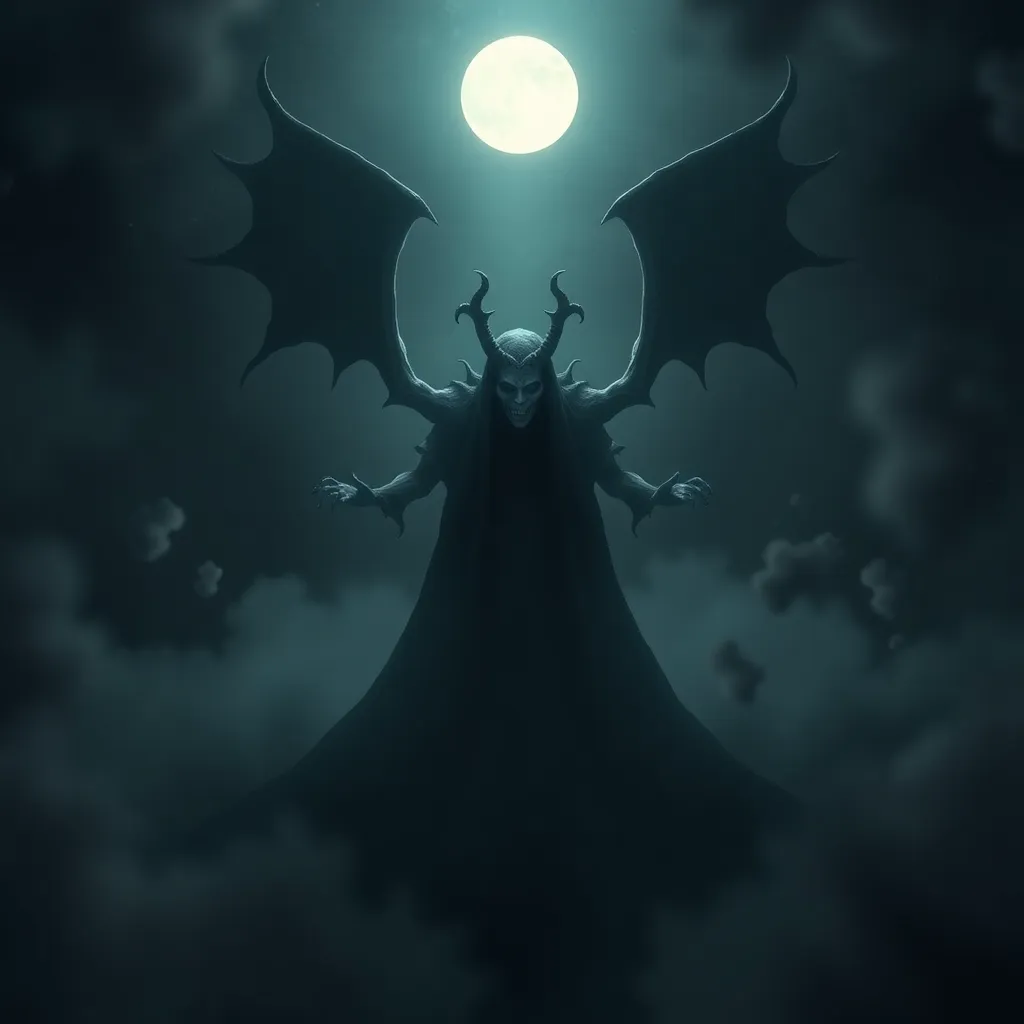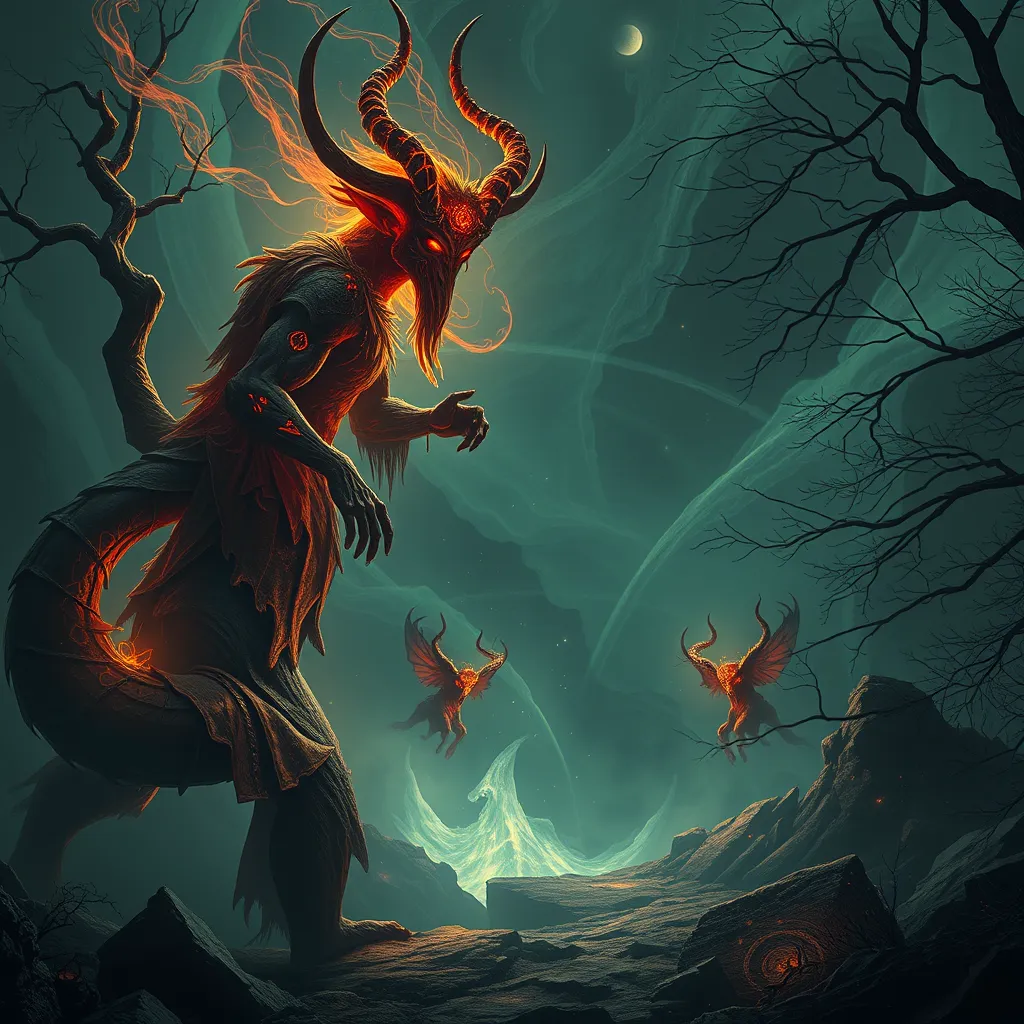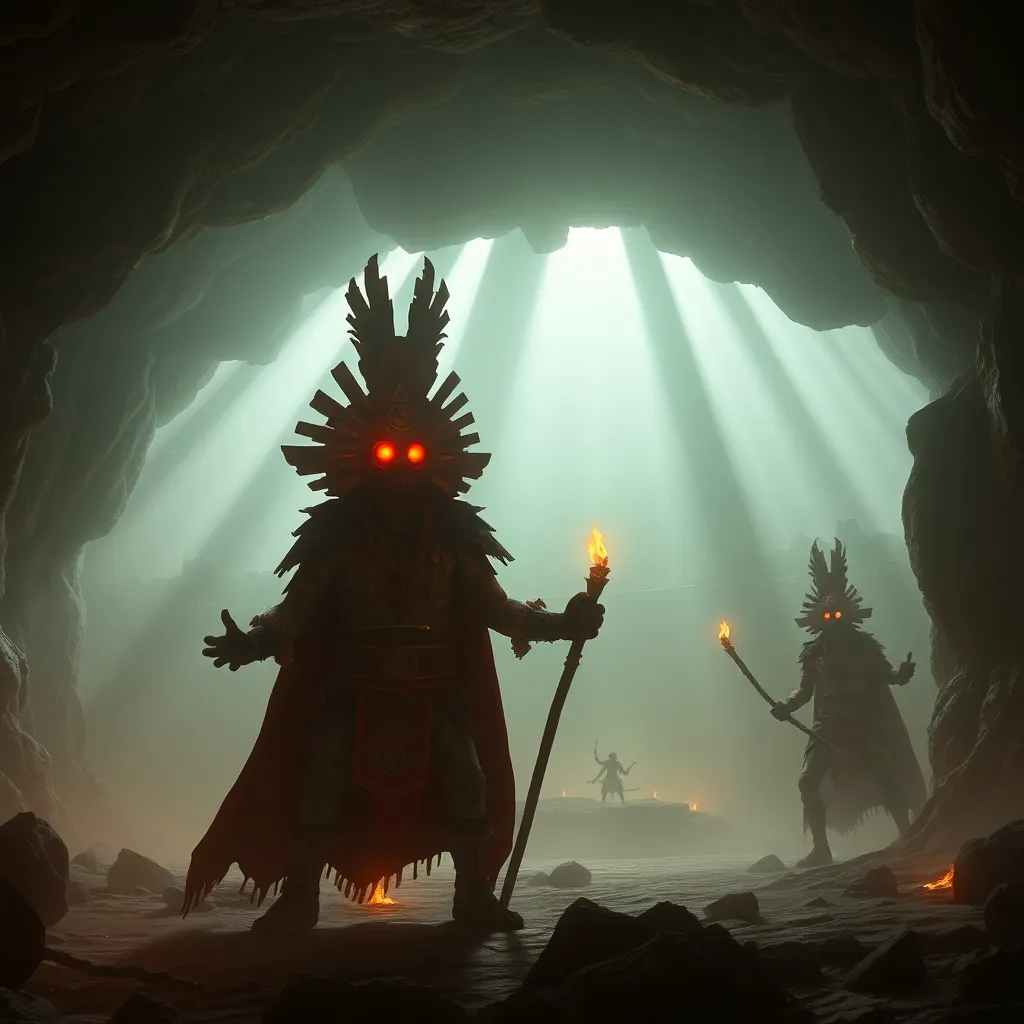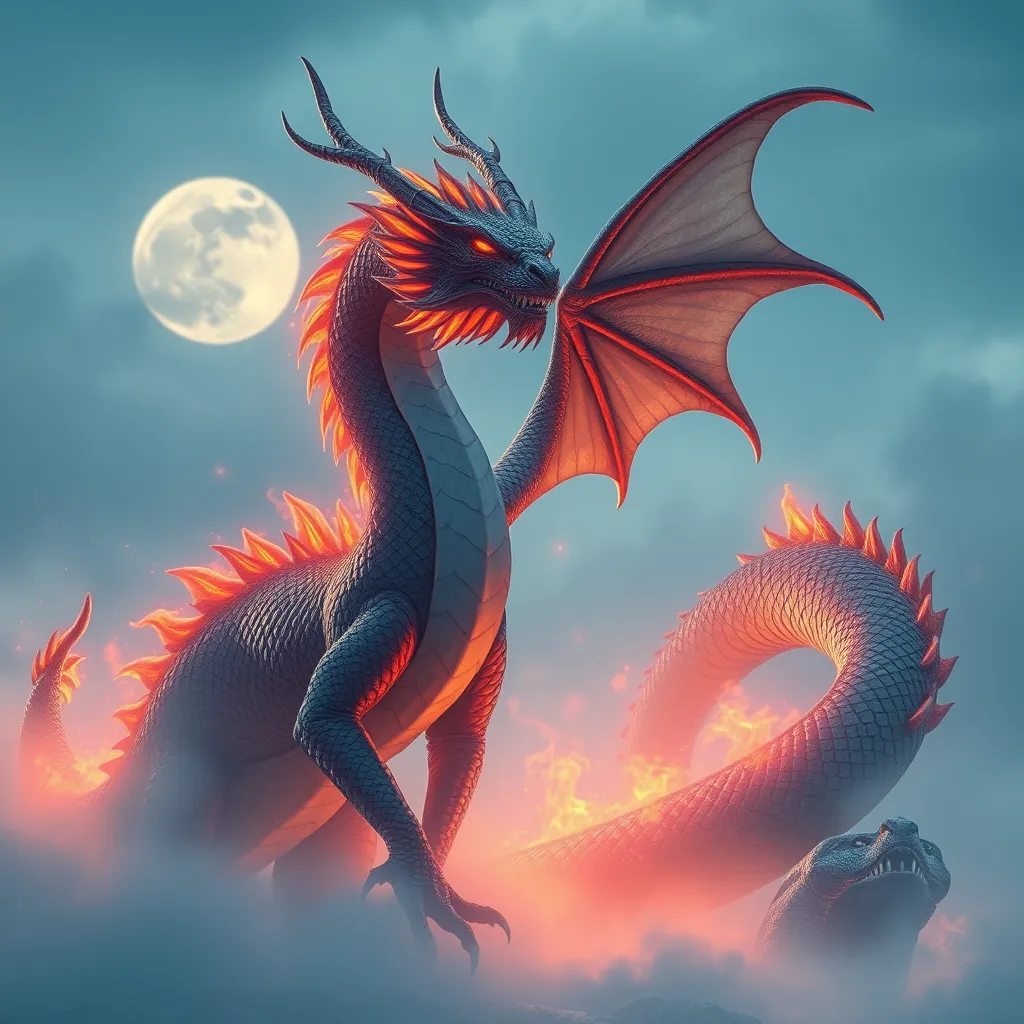The Dybbuk’s Shadow: Exploring the Dybbuk in Modern Horror Literature
I. Introduction
The term “Dybbuk” refers to a malicious spirit in Jewish folklore that is believed to be the dislocated soul of a deceased person, which attaches itself to a living host. This concept has deep roots in Jewish mysticism, particularly within the Kabbalistic tradition, where it is often seen as a manifestation of unresolved issues or the result of a tragic death.
Historically, the Dybbuk has occupied a significant place in Jewish culture, symbolizing the struggle between life and death, the living and the dead. It is a figure that embodies the fears, traumas, and unresolved conflicts of individuals and communities. In this article, we aim to examine the Dybbuk’s profound influence on contemporary horror literature, tracing its journey from folklore to modern narratives.
II. The Dybbuk’s Origins: Folklore to Modernity
The Dybbuk’s origins can be traced back to Eastern European Jewish communities, where stories of possession and spiritual unrest were prevalent. These tales served as cautionary narratives, reflecting the social and spiritual concerns of the time.
- Historical background: The Dybbuk is often linked to the Kabbalistic belief in the afterlife and the idea that souls can become trapped on Earth due to unresolved issues.
- Key characteristics: Dybbuks are typically described as malevolent spirits that seek revenge or fulfillment of desires through their living hosts.
- Themes: Common themes include possession, the fragility of life, the consequences of unresolved conflicts, and the interplay between the spiritual and the material world.
As the Dybbuk transitioned from oral folklore to written literature, it evolved into a symbol of deeper psychological and cultural concerns, paving the way for its representation in modern horror narratives.
III. The Dybbuk in Classic Literature
One of the most notable early works featuring the Dybbuk is S. Ansky’s play “The Dybbuk,” first performed in 1920. This play has become a cornerstone of Jewish theater and an essential reference point for understanding the Dybbuk’s narrative potential.
- Overview: “The Dybbuk” tells the story of a young bride possessed by the spirit of her deceased lover, exploring themes of love, loss, and the boundaries between life and death.
- Analysis: Ansky’s portrayal of the Dybbuk highlights the emotional turmoil and existential dread that accompany possession, making it a rich subject for analysis in both literary and psychological contexts.
- Influence: The play has inspired countless adaptations and interpretations, influencing modern horror literature by introducing complex themes of longing and unresolved trauma.
IV. Contemporary Authors and Their Dybbuk Influence
In recent years, a new generation of horror authors has drawn inspiration from the Dybbuk, weaving its themes into contemporary narratives. This section surveys some of these authors and their works.
- Survey: Authors like Jonathan Safran Foer and Samantha Hunt have incorporated Dybbuk themes into their narratives, exploring the intersections of the supernatural and the psychological.
- Case studies:
- In “Everything Is Illuminated,” Foer uses the haunting presence of the past to illustrate the lingering effects of trauma.
- Hunt’s “The Dark Dark” features characters grappling with their inner demons, echoing the Dybbuk’s influence on psychological horror.
- Discussion: These modern works often blend traditional Dybbuk narratives with contemporary issues, such as identity, belonging, and the impact of history on personal lives.
V. The Dybbuk as a Symbol of Repression and Trauma
The Dybbuk can be interpreted through a psychological lens, representing the repressed emotions and traumas that haunt individuals and communities.
- Psychological interpretations: The Dybbuk symbolizes the struggles of those who cannot let go of their past, manifesting as a spirit that seeks resolution.
- Themes of loss and longing: Many modern narratives explore the painful longing for lost connections, reflecting on how unresolved grief can impact the living.
- Cultural trauma: The Dybbuk serves as a metaphor for broader cultural and personal traumas, encapsulating the struggles of communities dealing with displacement and loss.
VI. The Dybbuk’s Role in Expanding Horror Tropes
The Dybbuk enriches the horror genre by introducing unique elements that differentiate it from other supernatural figures.
- Comparison: Unlike traditional ghosts or demons, the Dybbuk is deeply tied to its cultural origins, making it a more complex character that embodies specific human experiences.
- Examination: The Dybbuk enhances the horror genre by adding layers of meaning, allowing for exploration of existential themes, such as the nature of identity and the consequences of unresolved conflict.
- Contribution: The Dybbuk’s presence in literature has contributed to the evolution of supernatural horror narratives, encouraging authors to delve into psychological and cultural dimensions of fear.
VII. Reader Reception and Criticism
The reception of Dybbuk-themed literature varies among audiences, shaped by cultural contexts and personal experiences.
- Audience engagement: Readers often find resonance in the Dybbuk’s themes of loss and longing, relating to their own experiences of grief and trauma.
- Critical perspectives: Some critics argue that modern portrayals of the Dybbuk can oversimplify its cultural significance, while others praise the nuanced approach taken by contemporary authors.
- Cultural context: The interpretation of Dybbuk narratives is heavily influenced by the reader’s cultural background, affecting how themes of identity and trauma are perceived.
VIII. Conclusion
The Dybbuk’s impact on modern horror literature is profound, serving as a bridge between ancient folklore and contemporary narratives. Its exploration of themes such as loss, trauma, and unresolved conflict continues to resonate with readers and authors alike.
As we move forward, the Dybbuk remains a relevant figure in today’s literary landscape, inspiring new narratives that delve into the complexities of the human experience. The future of Dybbuk-inspired narratives in horror will likely continue to evolve, reflecting ongoing societal concerns and the enduring power of storytelling.



